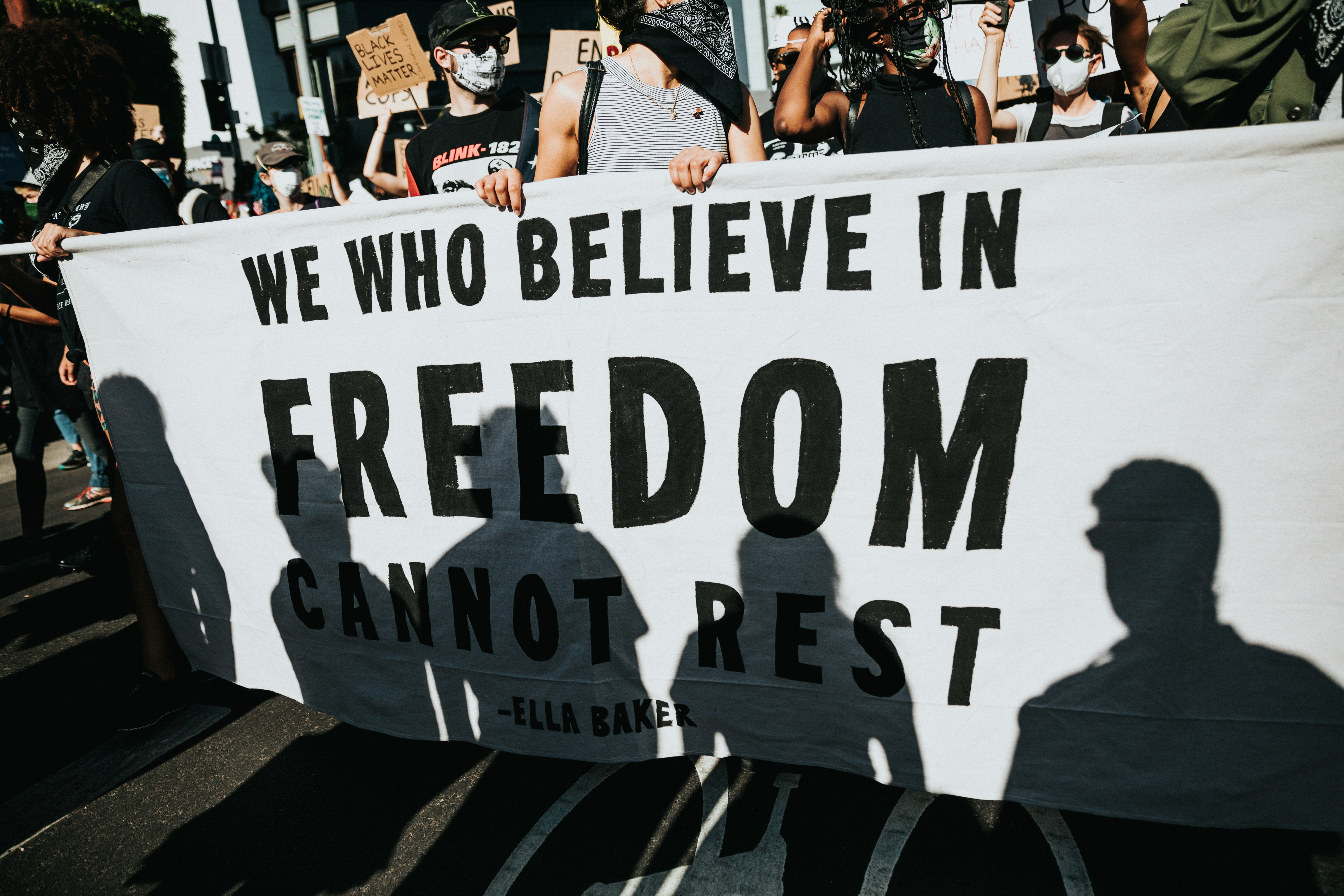Reimagining Human Connection: The Socio-Cultural Implications of 'Slow Communication' Movement
In a world of rapid-fire tweets, instant messages, and fleeting Snapchat stories, a counter-movement is taking root. It's called 'Slow Communication.' This movement encourages a deliberate, thoughtful approach to communication, harkening back to a time before digital immediacy. Read below to delve deeper into the fascinating socio-cultural implications of this movement.

The Historical Context: From Letters to Instant Messaging
To understand ‘Slow Communication,’ it’s important to consider the drastic changes in our communication methods over the centuries. From the era of handwritten letters taking weeks to reach their destination, we’ve advanced to real-time communication tools that facilitate instantaneous interaction. However, this shift has implications on our societal behaviors and interactions.
The Emergence of ‘Slow Communication’
The ‘Slow Communication’ movement was born as a response to the frenetic pace of digital communication. It urges people to embrace more thoughtful, meaningful methods of interaction, like handwritten letters, long-form emails, or even face-to-face conversations. This movement is not about rejecting technology, but about using it in a more mindful, controlled manner.
The Societal Impact: A Shift in Communication Norms
The ‘Slow Communication’ movement is reshaping our societal norms around communication. It fosters deeper connections, empathy, and understanding, as it allows time for contemplation and thoughtful response. This contrasts with the instant gratification and superficial engagement often associated with quick, digital communication.
The Cultural Shift: Embracing Mindfulness
Culturally, the ‘Slow Communication’ movement aligns with the broader trend of mindfulness. By slowing down, we become more present, more aware, and more deliberate in our interactions. This can lead to more meaningful connections, reduced stress, and improved mental health.
The Future Implications
The ‘Slow Communication’ movement has the potential to reshape our approach to communication, offering a healthier, more mindful alternative. As we navigate the digital age, movements like these provide valuable perspectives, reminding us that while technology can connect us, it’s the quality, not the quantity, of our interactions that truly matter.
In conclusion, the emergence of the ‘Slow Communication’ movement is a testament to our society’s adaptability and resilience. While technology has transformed our communication methods, our inherent need for meaningful, deliberate interaction remains. As the ‘Slow Communication’ movement continues to grow, it may well shape the future societal norms, fostering deeper, more empathetic human connections.





